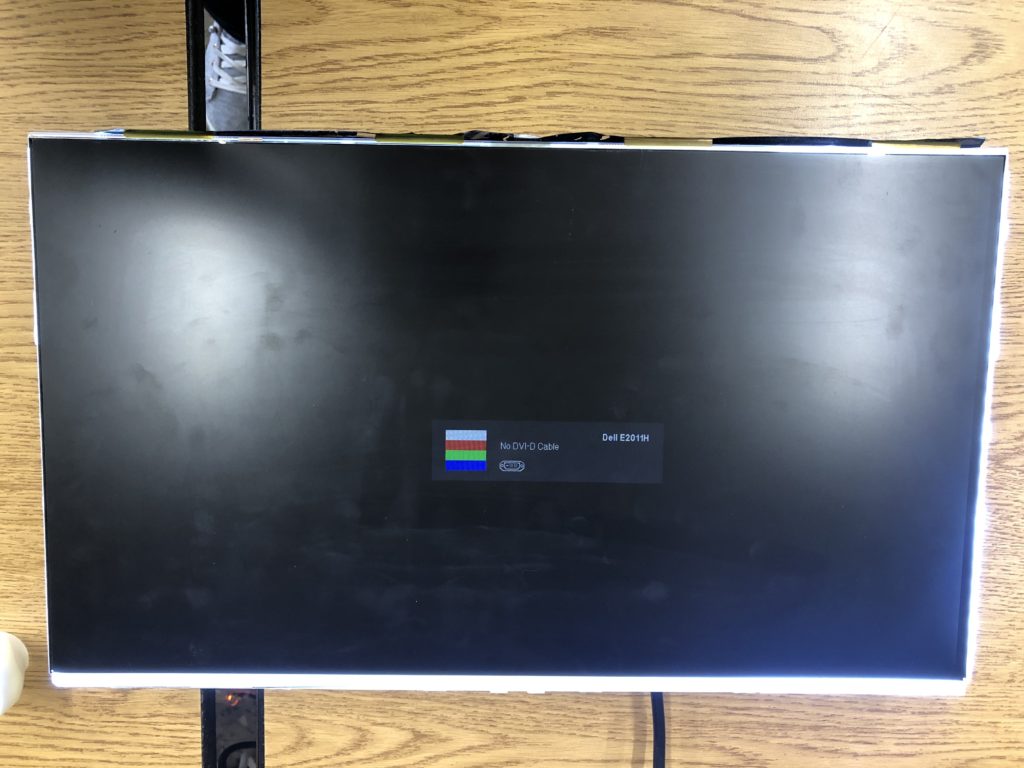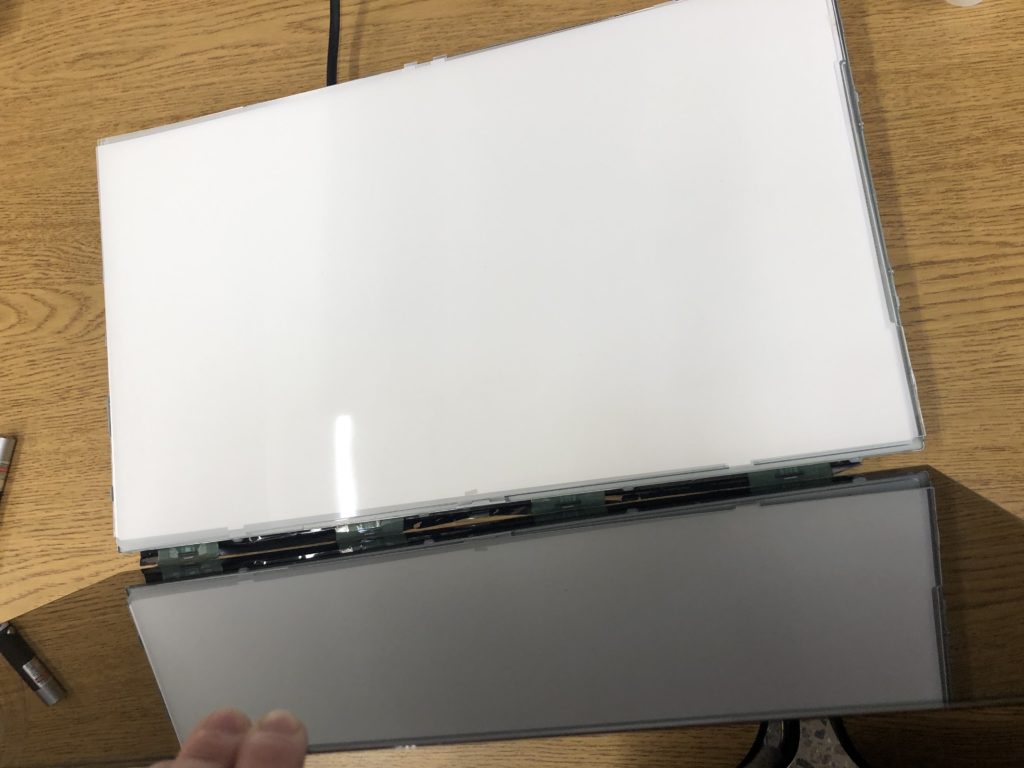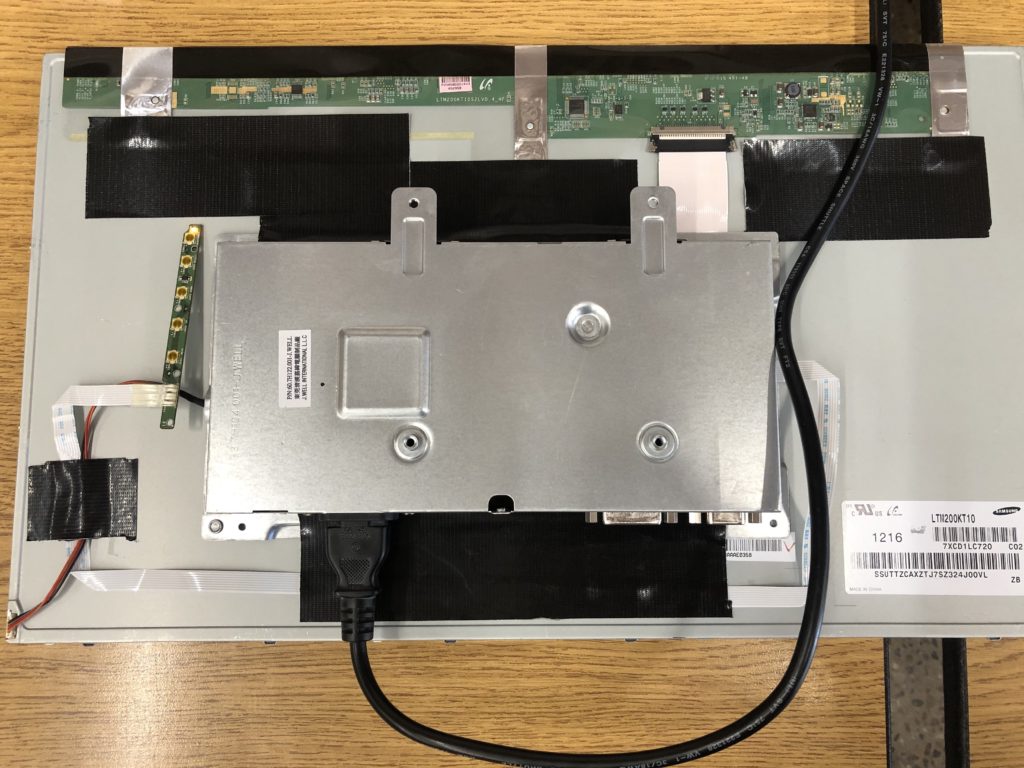LCD Screen
Overview: LCD screens come in a variety of forms, from the clock on our microwave to the screens on our smart phones. Color LCD screens are the interface for every computer monitor, TV and smart phone. Their ability to take three colors, red, blue and green, and combine them in various levels of intensity provides us with screens with every conceivable color.
Supplies: Layer separated LCD screen
Objectives: What are the different layers of an LCD screen? What do all the layers do? How do all the layers work together?
Setup:
- Carefully remove screen layers from the case
- Optional: plug in screen
How to run the demo:
- The demo can be shown with or without power
- Carefully show the layers of a screen and describe what each layer does
- The top layer is an array of liquid crystals and red, green and blue color filters sandwiched between 2 polarizers and is attached to the frame so be careful when folding it back. Why is the configuration of this layer so important?
- Layer 2 is a diffuser
- Layer 3 is a magnifier lens
- Layer 4 spreads the light uniformly across the entire screen. Note the density of the dots on the right vs the left side of the layer. Can you tell which side the light is coming from by looking at the dots? How?
- Layer 5 is a white reflective backing. Why do we need this?
- If powered on, a pixel magnifier can be used to look at the individual pixels. What is seen by looking at different colors on the screen?



What’s Happening?
When a monitor is turned on a set of LED lights turn on. Different monitors vary as to how the lights are arranged. Lights can be on one side, both sides, top, bottom or both top and bottom of the monitor. The lights come on and reflect off of the back layer to project light out the front of the monitor. Since the LEDs are on one side of the monitor, in this instance, the next layer has to ensure that the light intensity is uniform across the monitor. Light gets dimmer the further away you are from the source. If you look at the density of the dots on layer 4 you will notice that the further from the light source the denser the pattern of dots. Closer to the source the light does not need to be scattered as much to create a bright spot so the density of dots is less than on the far side. Once the light is evenly distributed a magnifier is used to increase the overall intensity. A diffuser is then used to disperse that light uniformly. Once the light is distributed properly, the process of how we see colors and words on the screen can finally start. Light enters the first polarizer and forces the light that has been shining in all directions to move in one plane. The liquid crystals are electronically rotated to either let the polarized light through, or not. The rotation of liquid crystals orients light through a combination of the red, green or blue filters to create specific colors based on the amount of red, green and blue allowed through. The front polarizer is then at a rotation angle 90 degrees from the rear polarizer to allow light through as the crystals rotate.
Learn more: (external links)

